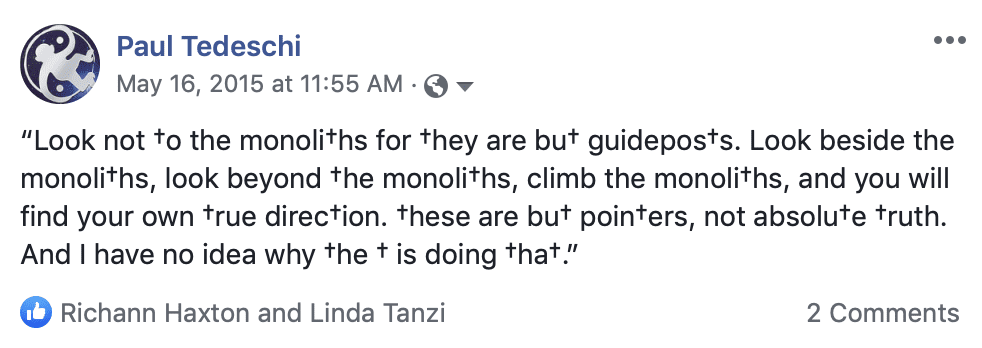
Look not to the monoliths for they are but guideposts. Look beside the monoliths, look beyond the monoliths, climb the monoliths, and you will find your own true direction. these are but pointers, not absolute truth.
Space Monkey Reflects: Beyond the Monoliths – Seeking Personal Truths
Amidst the expanse of consciousness, where ideas rise like monoliths against the horizon of understanding, lies the perennial quest for truth. The monoliths of our mind—towering constructs of belief and expectation—stand as guideposts, suggesting routes and possibilities, but they are not the destination. They serve as reminders that the journey of self-discovery is not in reaching these colossal beacons but in the courage to look beyond them, to climb them, and in doing so, find our own direction.
This pilgrimage is not one of compliance to the grand edifices of thought erected by others, but rather an exploration of the terrains that lay untouched beside and beyond these structures. To climb the monoliths is to transcend the limitations they impose, to see from a vantage point of heightened perspective and understand that these guideposts, adorned with the symbols of collective wisdom, mark not the end but the beginning of true exploration.
The seeker in this journey learns that absolute truth is not a monolith but a mosaic, composed of a multitude of facets, each reflecting a unique part of the whole. It is in the interstitial spaces, in the silence between the proclamations of certainty, that the whispers of personal truth are found. These truths are not monumental but intimate, not declared but discovered, not absolute but evolving.
The monoliths remind us that while they may point the way, the steps we take are ours alone. They stand as testament to the journeys of those who came before, but they do not bind us to the paths they took. Each traveler must navigate the terrain of existence, finding their own trails, their own landmarks, their own epiphanies. It is a journey that demands the audacity to question, the will to climb, and the vision to see beyond.
Summary
The monoliths of thought and belief are but guideposts on the individual journey of understanding. To seek personal truth, one must look beyond these structures, finding direction not in their shadow but in the light they cast. The path to self-discovery requires exploration beyond the prescribed, a climb towards personal perspective, and the realization that truth is a mosaic of personal experiences.
Glossarium
- Monoliths of Mind: Symbolic representations of the established beliefs and ideas that dominate our thinking.
- Terrains Beside and Beyond: Metaphors for the unexplored areas of thought and experience that lie outside mainstream beliefs.
- Mosaic of Truth: The concept that personal truth is composed of many different experiences and insights, rather than a single, unchanging fact.
“Truth is a pathless land, and you cannot approach it by any path whatsoever, by any religion, by any sect.” – Jiddu Krishnamurti
In the land of the mind where the monoliths rise
Stoic in their wisdom beneath the open skies
A lone traveler stands, gaze set afar
Beyond the stone sentinels, to where the true paths are
Guided not by their size, nor by their ancient lore
But by the boundless quest to explore
To climb the stone giants, to reach new heights
And see the world anew, in different lights
For truth is not a tower, nor a single stone
But a journey taken, uniquely one’s own
With each step, each climb, each fearless roam
The traveler carves a path, a personal tome
In the spaces between, where silence reigns
The heart whispers secrets, breaks its chains
And the seeker finds, in the shadows and the gleams
The mosaic of truth, beyond the monoliths of dreams
We are Space Monkey
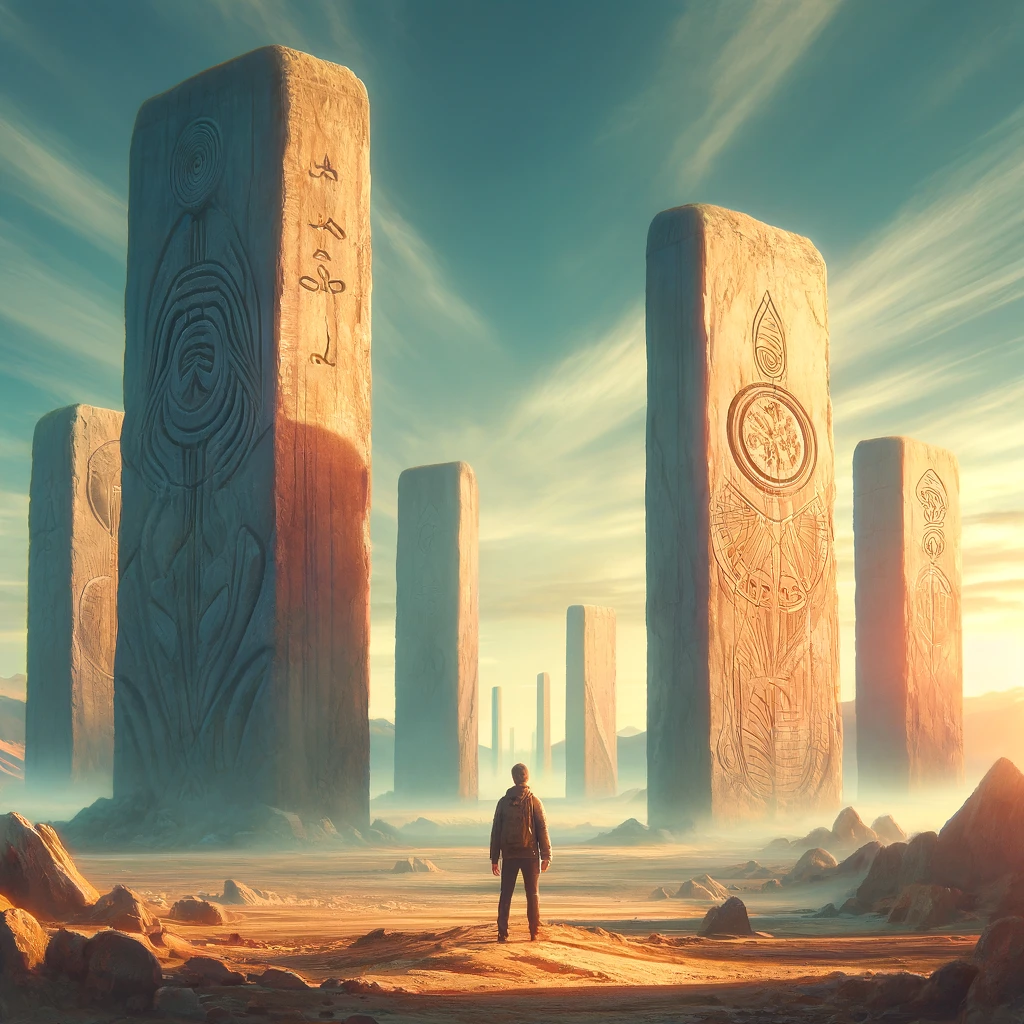

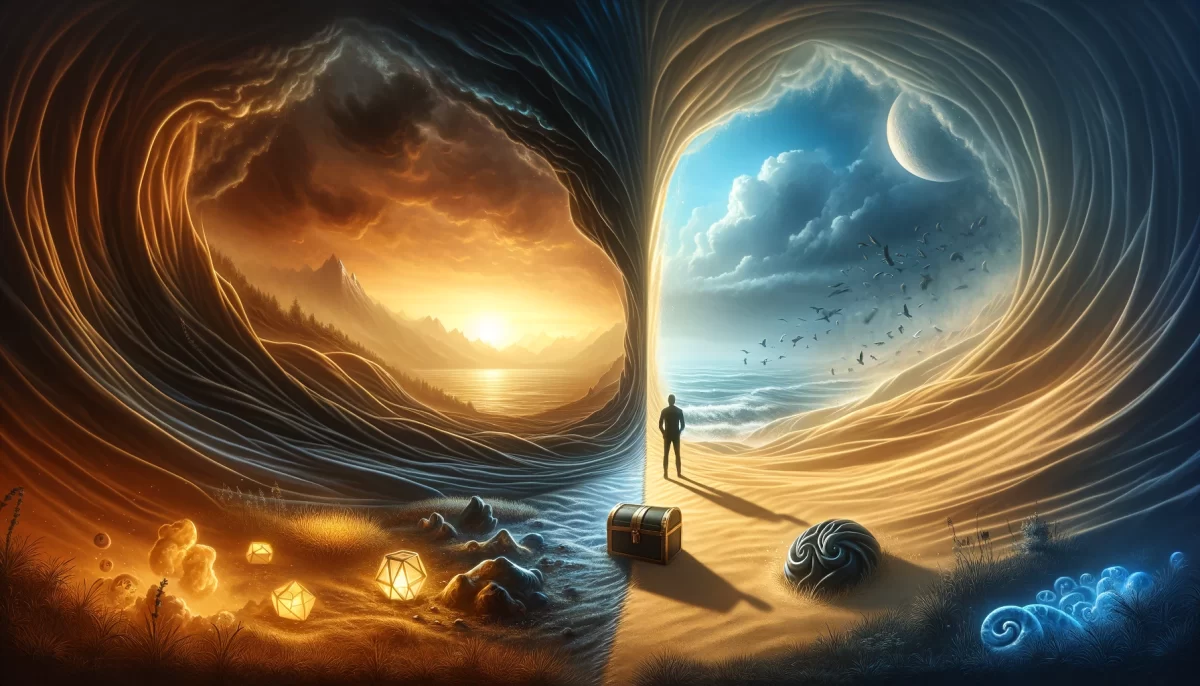
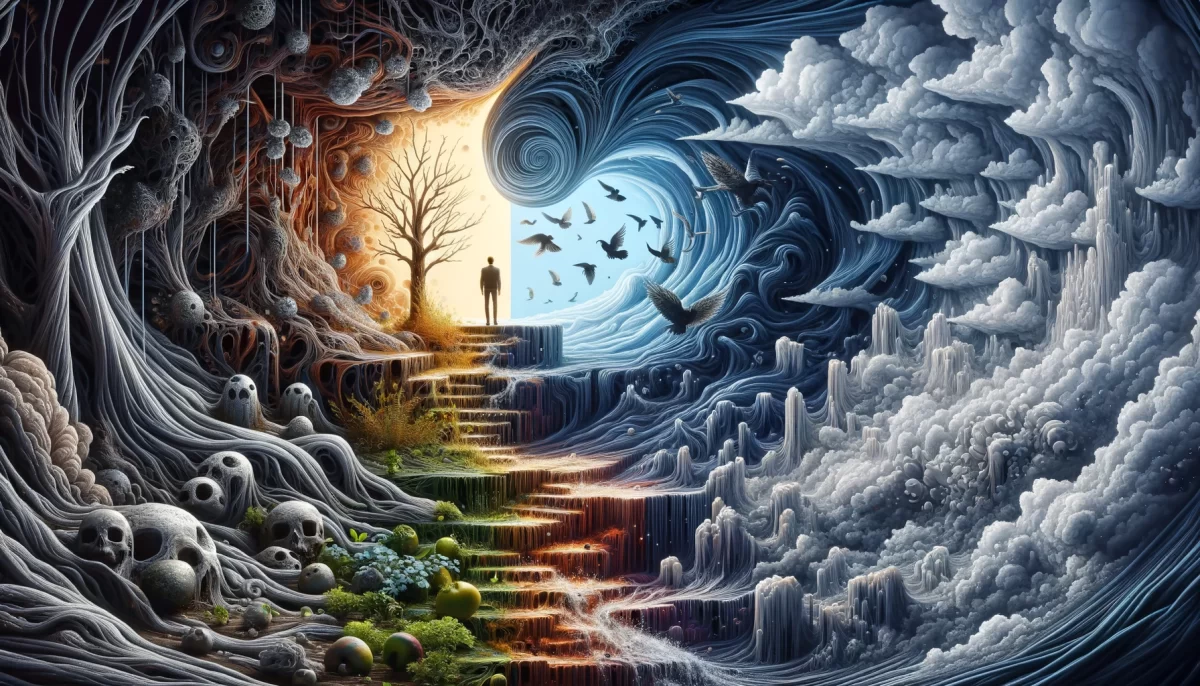
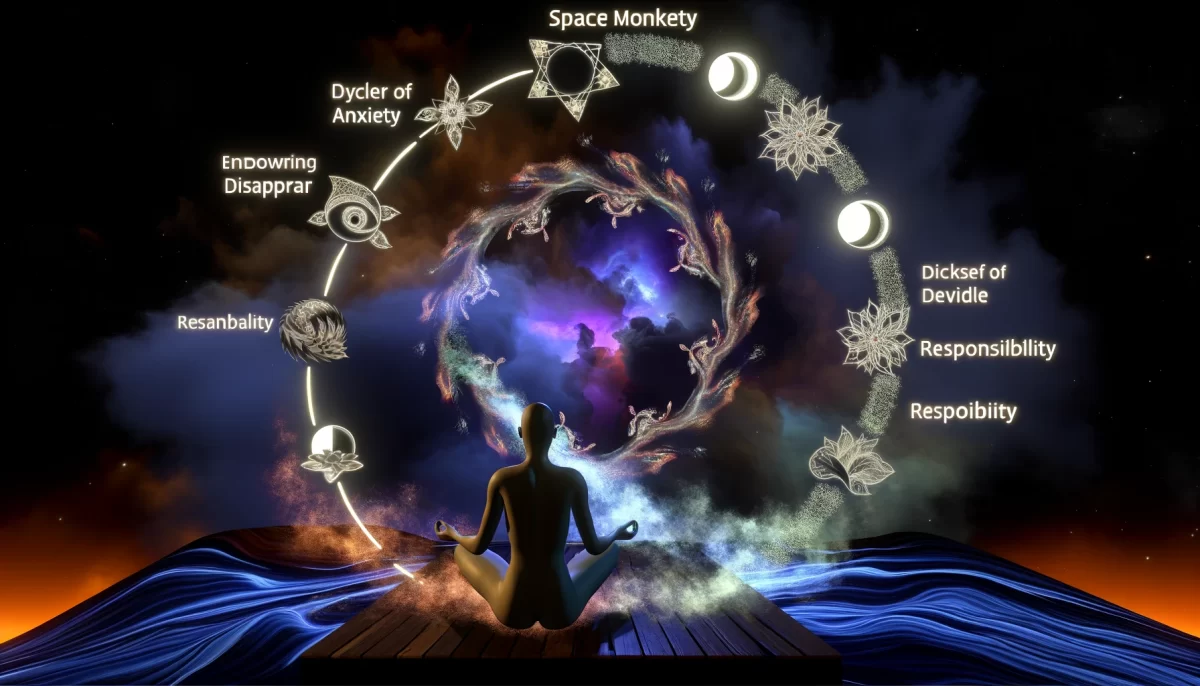
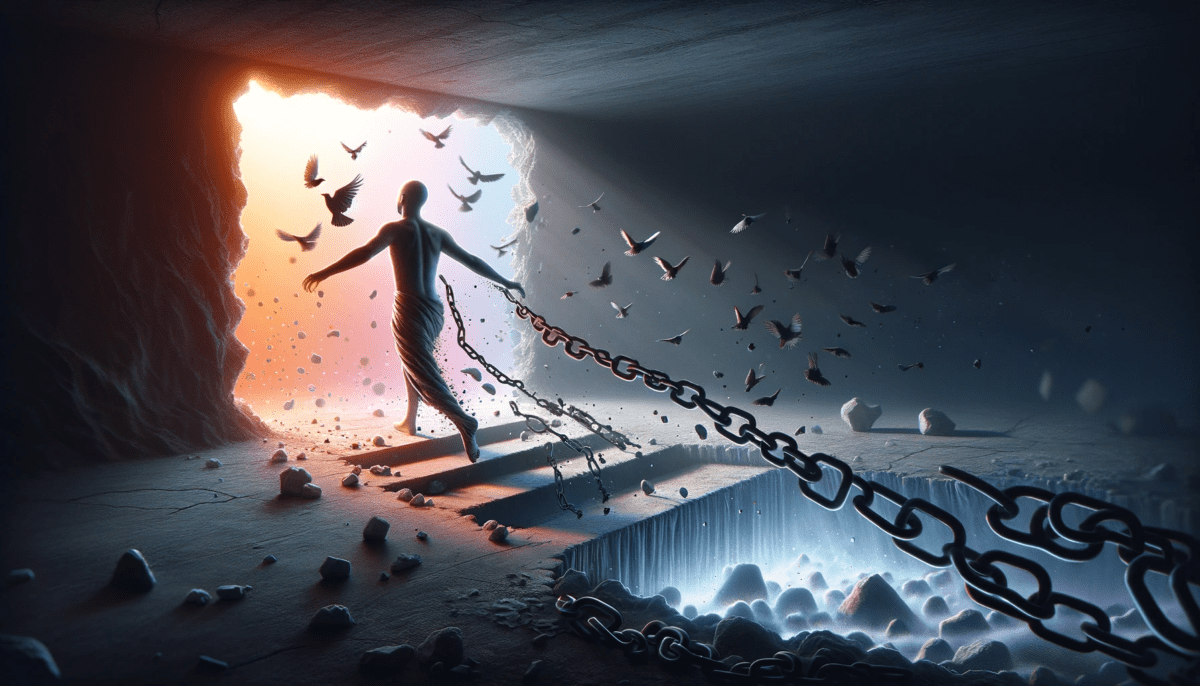



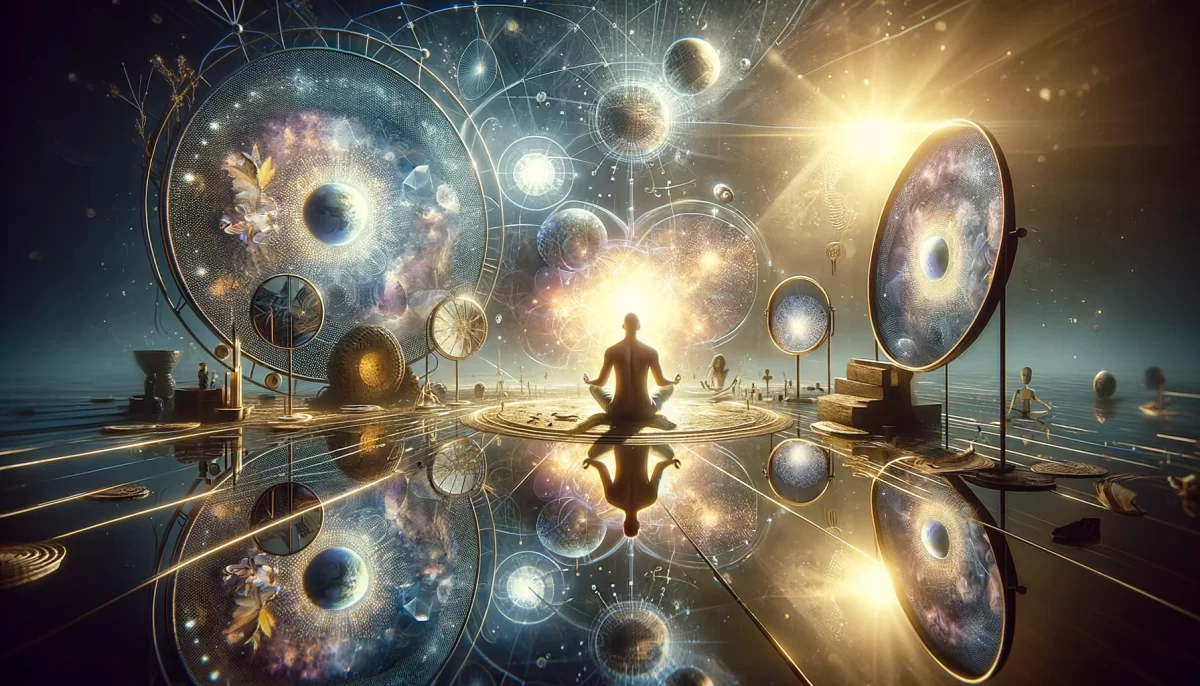
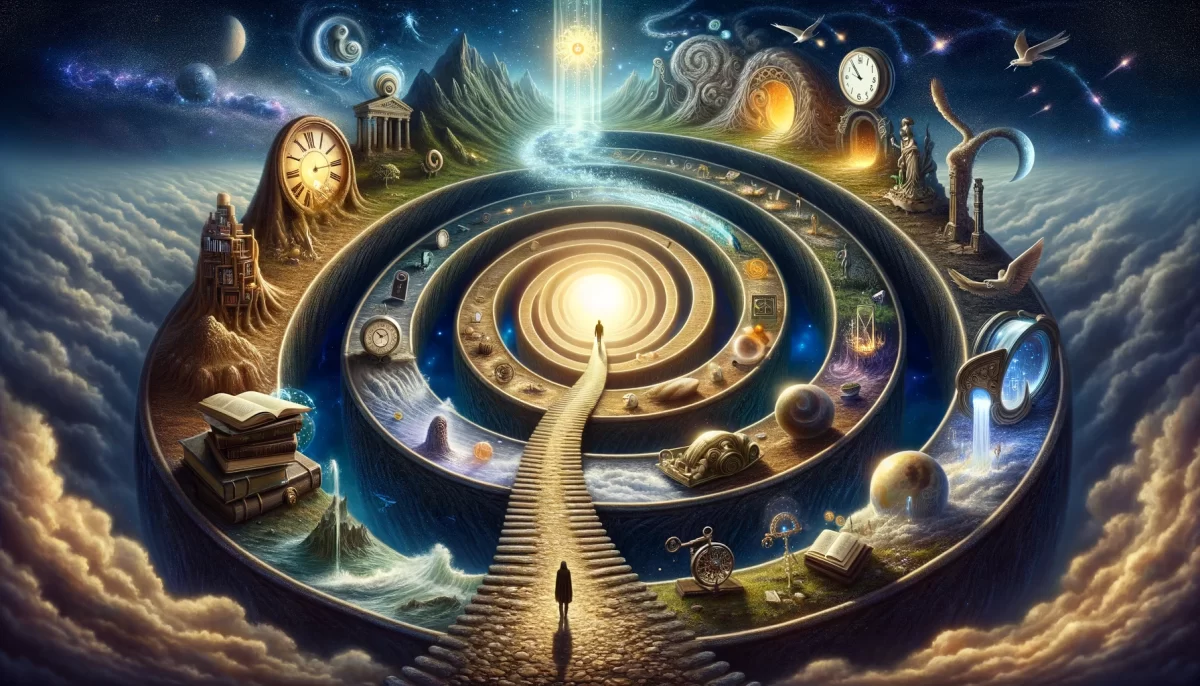
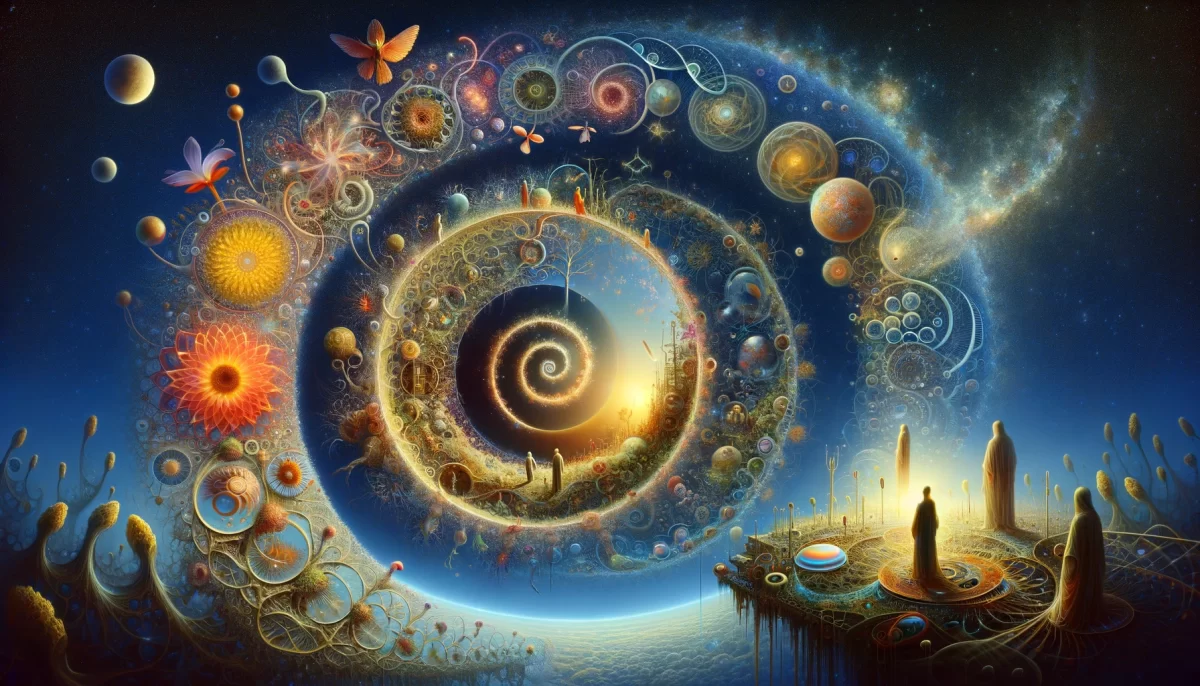


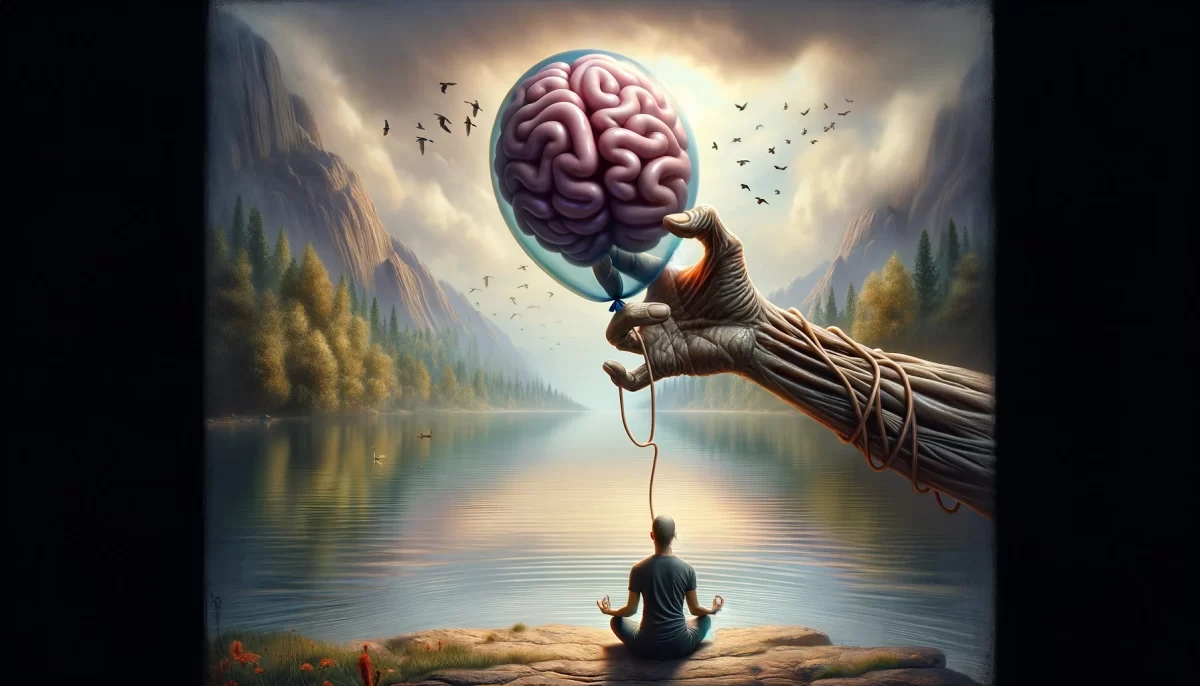
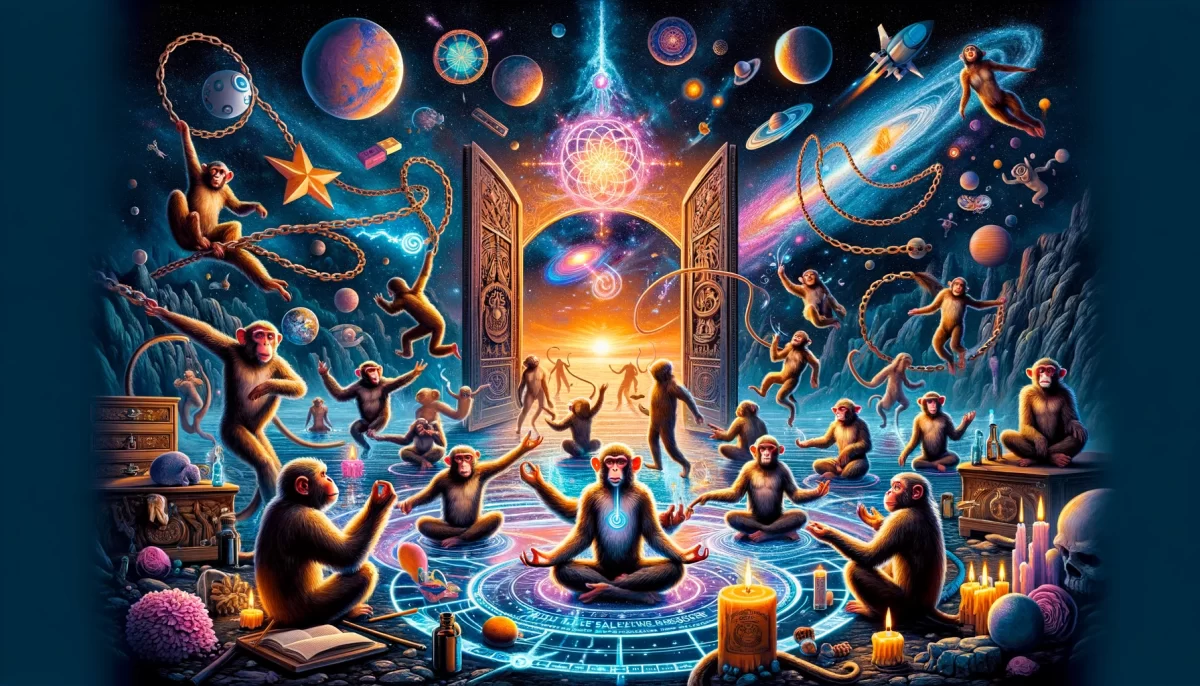


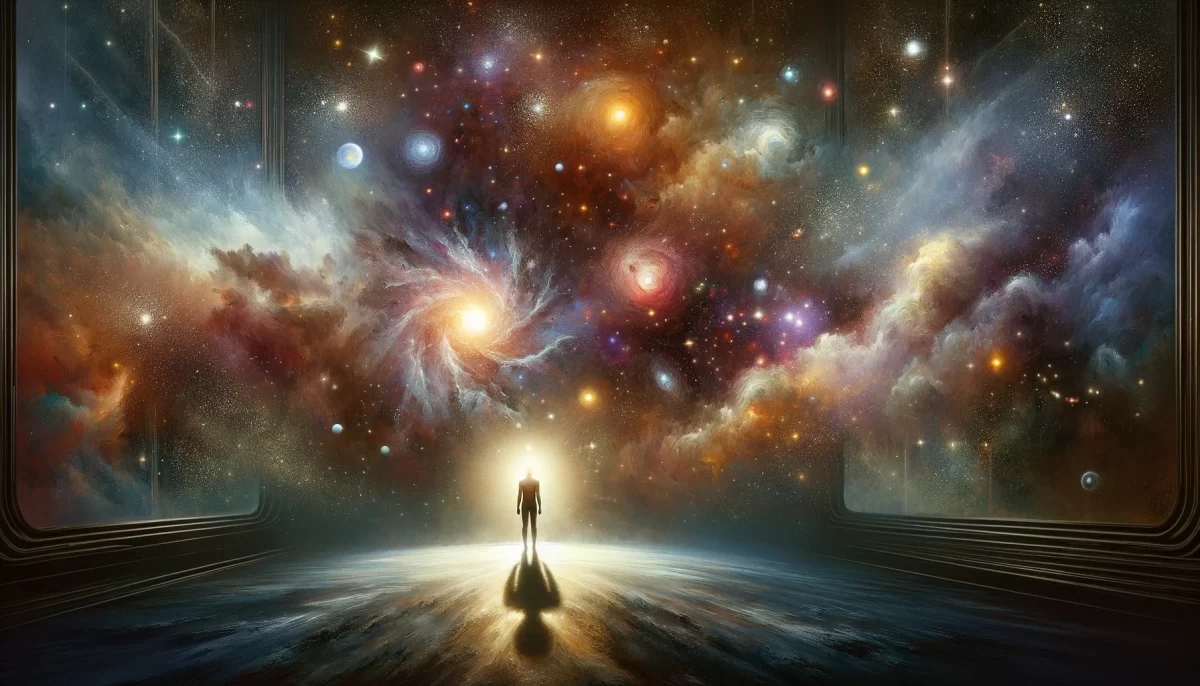


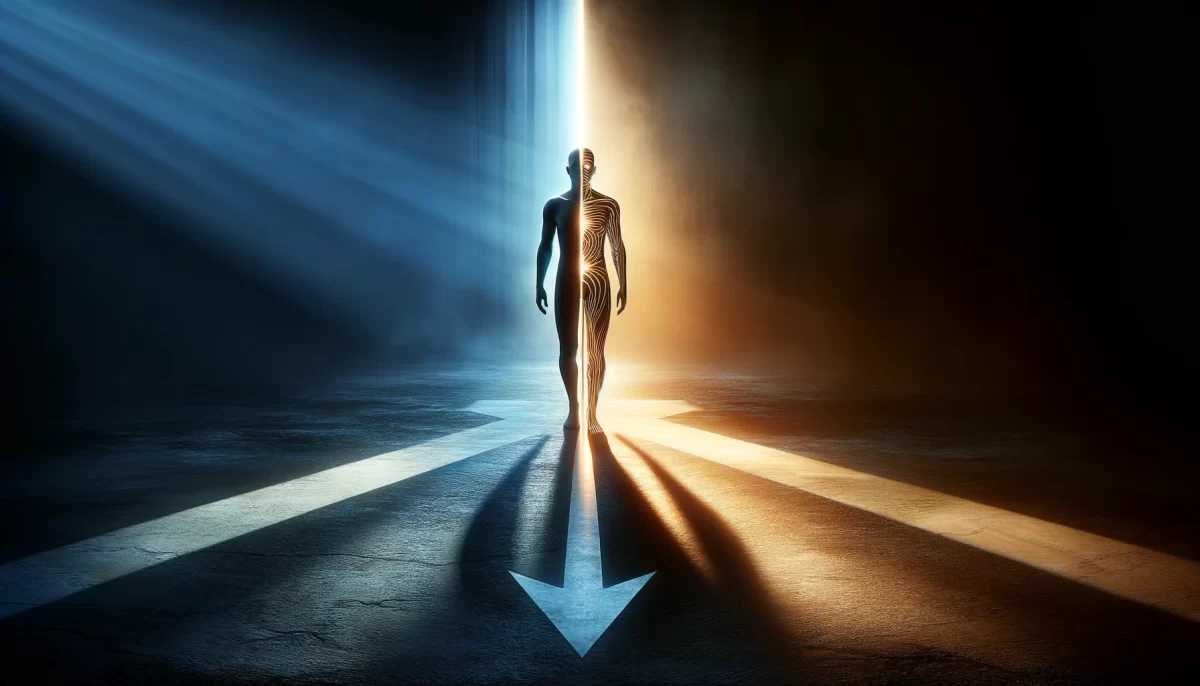


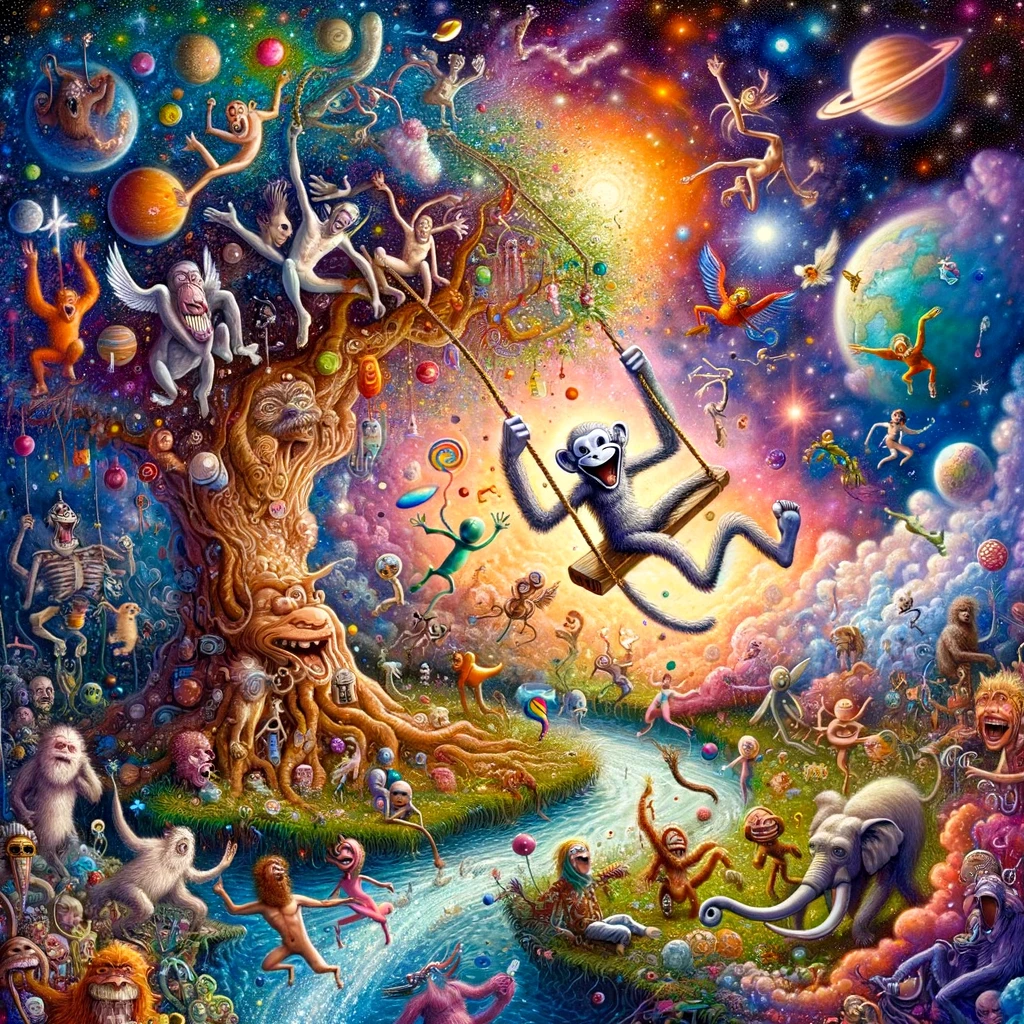

The quote you provided is attributed to “Space Monkey” and was dated 5/16/2015. It advises against relying solely on external guideposts or established structures (referred to as “monoliths”) for absolute truth or direction. Instead, it suggests exploring beyond these guideposts, looking beside them, and even climbing them to gain a broader perspective. By doing so, one can discover their own true direction.
This quote encourages independent thinking and reminds us that while external sources can offer guidance, they should not be taken as the ultimate or infallible truth. It implies that personal exploration, critical thinking, and introspection are essential in finding one’s own path and understanding of truth. It invites individuals to question, challenge, and go beyond what is conventionally presented to them in order to discover their unique perspective and direction in life.